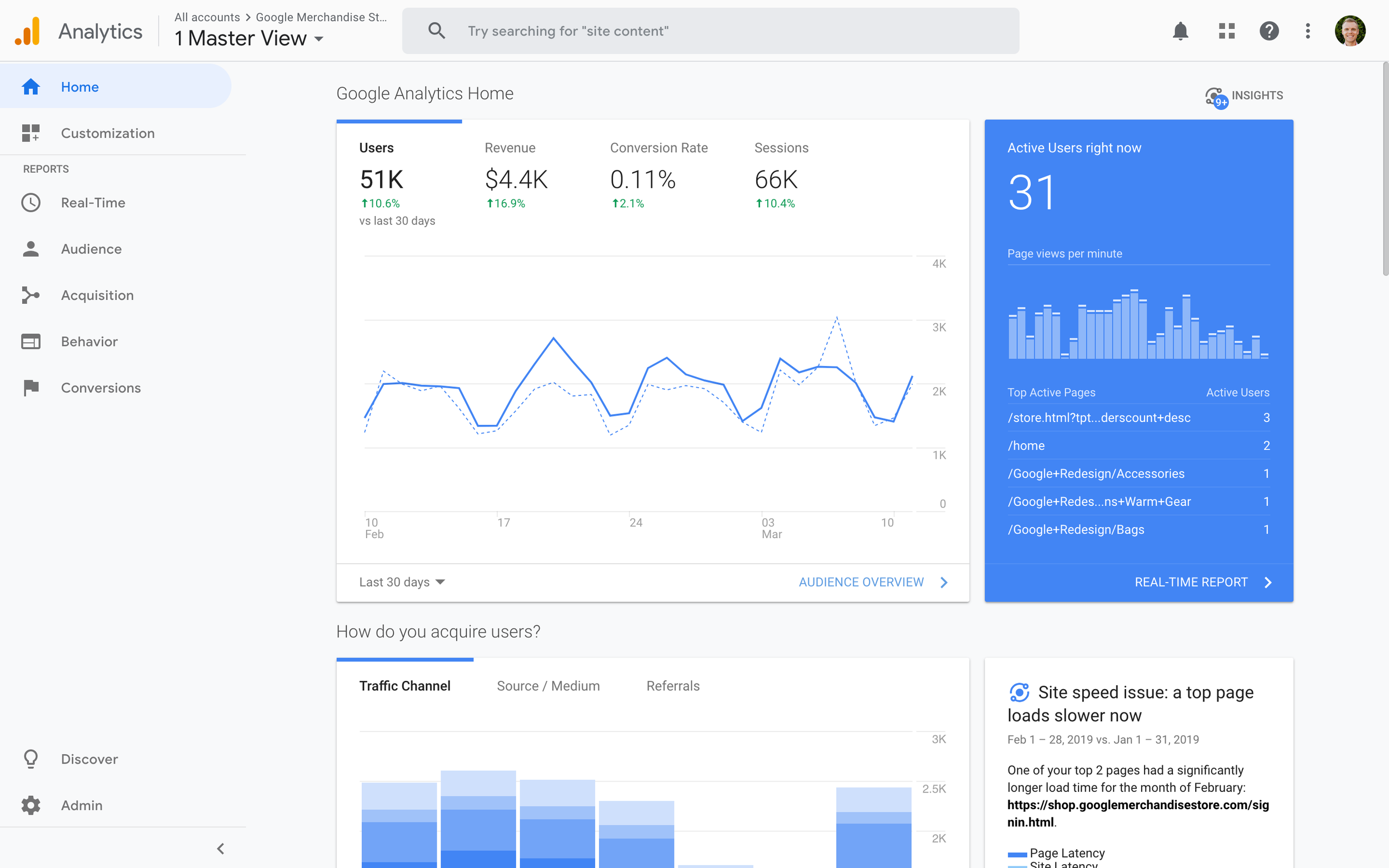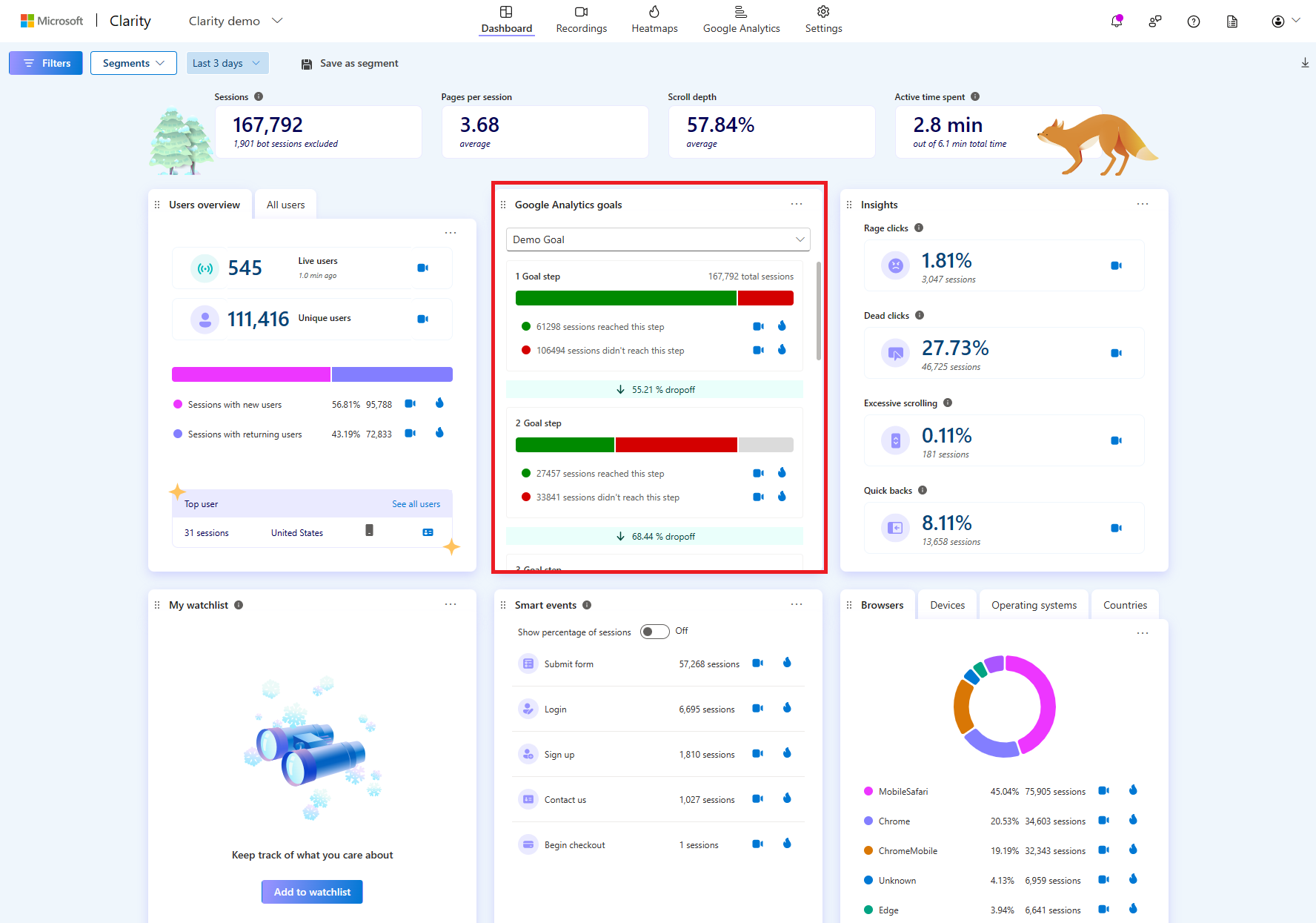What Data Is Google Analytics Goals Unable to Track: A Full Overview
What Data Is Google Analytics Goals Unable to Track: A Full Overview
Blog Article
Demystifying Google Analytics Limitations: Reveal What Information Goals Can not Track
In the realm of digital analytics, Google Analytics stands as a powerful device that gives important insights into site performance and customer habits. Among its abilities, there exist constraints that frequently go unnoticed. Understanding what Google Analytics can not track is crucial for a thorough understanding of information analysis and decision-making procedures. From the intricacies of customer interaction with vibrant material to the complexities of cross-device user journeys, these constraints clarified locations that might continue to be obscured from typical analytics perspectives. By deciphering these constraints, a more clear picture arises, enabling more enlightened techniques and improved insights right into individual engagement and conversions.

Customer Interaction With Dynamic Material
User interaction with vibrant content plays an important duty in comprehending customer actions on sites and enhancing the general user experience. Dynamic content refers to components on a page that can change without the requirement for a complete web page reload. This consists of interactive components such as pop-ups, sliders, types, and videos that react to individual activities in real-time. By tracking individual interactions with vibrant material, internet site owners can gain valuable understandings right into customer involvement, choices, and actions.
Google Analytics supplies numerous tools to track individual communications with vibrant web content, such as occasion tracking and digital pageviews. Event tracking enables you to monitor specific customer actions, like clicking a button or viewing a video, offering information on just how individuals connect with vibrant aspects. Online pageviews can be made use of to track interactions that do not lead to a new web page tons, giving an extensive view of user involvement with vibrant content. By assessing this information, web site owners can make educated decisions to enhance user experience and drive conversions.
Cross-Device User Journeys
Exactly how can contemporary analytics tools track the facility paths individuals take across numerous gadgets in their on-line journeys? Cross-device customer journeys provide a substantial challenge for monitoring and evaluating customer behavior precisely. As users interact with internet sites or apps utilizing numerous gadgets such as smart devices, tablets, and desktops, it becomes vital to understand how they move in between these systems to enhance user experience efficiently.
Google Analytics faces limitations in tracking cross-device customer trips due to privacy issues and technical constraints - what data is google analytics goals unable to track. While it can offer insights right into individual tools' communications, tracking a smooth individual journey throughout several devices stays an obstacle. This constraint can cause incomplete information and fragmented customer insights, making it difficult for businesses to produce a unified view of the consumer journey
To resolve this concern, organizations can make use of sophisticated analytics tools that supply cross-device monitoring abilities, enabling them to gain a much more alternative understanding of user actions. By leveraging these devices, businesses can link the space in tracking cross-device individual journeys and maximize their electronic techniques for a smooth individual experience.
Offline Conversions and Acknowledgment
As services navigate the obstacles of tracking cross-device user trips, one more essential aspect to think about is the world of offline conversions and acknowledgment in the realm of information analytics. While Google Analytics gives important understandings right into on the internet user habits, it drops short when it involves tracking conversions that happen offline. This constraint positions a significant difficulty for businesses that have both online and offline sales networks.
Offline conversions, such as purchases made in physical stores or with telephone call centers, are important to comprehending the full consumer journey. Without the capability to connect these offline conversions to details on-line interactions, services may battle to accurately gauge the effect of their electronic marketing efforts.
To resolve this void, services can explore alternate solutions such as integrating CRM systems with on-line analytics devices or utilizing special coupon codes that can be traced back to on-line projects. By bridging the space between online and offline data, organizations can get an extra comprehensive understanding of their customers' habits and enhance their overall advertising methods.
Person Customer Recognition
In the world of data analytics, the ability to accurately identify individual users across numerous on the internet touchpoints is a vital obstacle for organizations looking for to customize and enhance their marketing techniques. While Google Analytics provides beneficial understandings right into user behavior and interactions, it drops short in enabling the identification of certain individuals as a result of personal privacy issues and technological restrictions. Google Analytics utilizes one-of-a-kind identifiers such as cookies to track customer sessions and habits, however these do not correspond to recognizing specific customers in a personal sense.

Information From Secure Pages
Despite the raising frequency of protected web pages on sites, getting data from these encrypted resources provides an one-of-a-kind difficulty for electronic analytics systems like Google Analytics. Secure pages, useful site indicated by HTTPS in the link, secure data exchanged in between the individual's internet browser and the site's web server to guarantee personal privacy and safety and what data is google analytics goals unable to track security. While this security is crucial for protecting sensitive information, it likewise poses constraints for tracking individual actions and gathering analytics data.
Google Analytics deals with barriers in collecting in-depth information from protected web pages as a result of the encryption procedures in area. Therefore, certain data factors such as reference sources, keyword searches, and even some individual communications might not be fully captured when customers access a site with a safe link. This constraint can influence the precision and completeness of the information evaluation, leading to spaces in recognizing individual actions and choices on safe and secure web pages.
To browse this obstacle, electronic analysts may need to check out alternate tracking approaches or leverage other tools specifically designed to gather insights from safe web pages. By adjusting methods to fit these restrictions, services can still derive useful analytics in spite of the restrictions provided by encrypted connections.
Conclusion
To conclude, Google Analytics has restrictions in tracking customer communication with vibrant material, cross-device user journeys, offline conversions, private user recognition, and information from protected pages. These constraints impede a detailed understanding of individual behavior and may lead to voids in information analysis. Despite its important insights, Google Analytics may not provide a total photo of user engagement across numerous touchpoints. It is necessary for services to be familiar with these constraints and consider supplemental tools for a much more all natural sight of their data.
User communication with vibrant material plays a critical function in recognizing user habits on sites and enhancing the general customer experience. By tracking individual interactions with vibrant content, web site owners can obtain important insights into individual involvement, choices, and habits.
Google Analytics makes use of special identifiers such as cookies to track individual sessions and habits, yet these do not equate to determining private customers in an individual feeling.
As a result, click to read more certain data factors such as referral resources, keyword searches, and even some user interactions might not be completely caught when individuals access a website through a protected link.In verdict, Google Analytics has constraints in tracking customer communication with dynamic content, cross-device user journeys, offline conversions, private user identification, and data from protected web pages.
Report this page